ps: I love u

As a kind of fictional, anachronistic role-play, ps: i love you brings together selected protagonists of Western lifestyles from the 18th to the 21st century. The experiences they contain are taken from love letters and songs, opening up a repertoire of feelings and emotions.
Confronted with each other and with the content of selected love songs of 20th and 21st century popular music, they are sources of a sovereign ability to articulate relationships to oneself and to others. Applicability appears as a contemporary option, leaving a pool of experiences and questions about love, life and friendship. Text: Lisa Oord
PS: I Love U features thoughts by Gluck, Nesta Obermeier, Rihanna, James Joyce, Nora Barnacle, Whitney Houston, Bertolt Brecht, Octavia Butler, Beyoncé Knowles, Virginia Woolf, Napoleon Bonaparte, Gabriel Garcia Marquez, Radclyffe Hall, Oscar Wilde, Hans Arp, Sophie Taeuber-Arp, Tina Turner & Eros Ramazotti, SIA, Toni Braxton and many more.
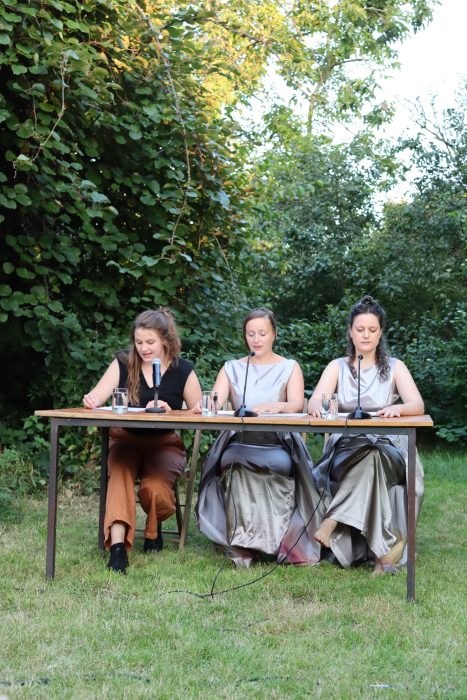
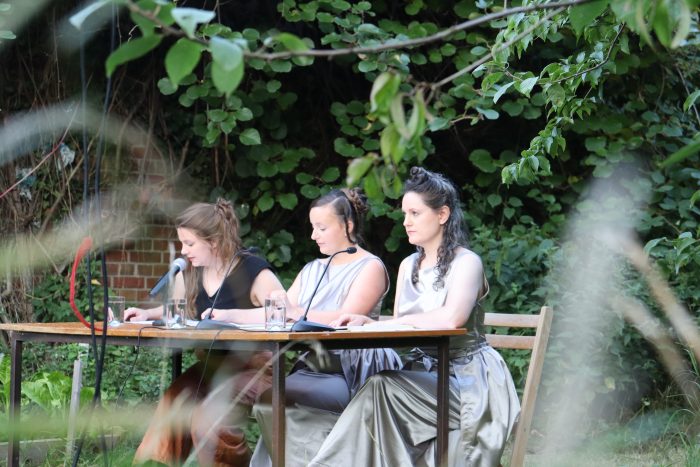

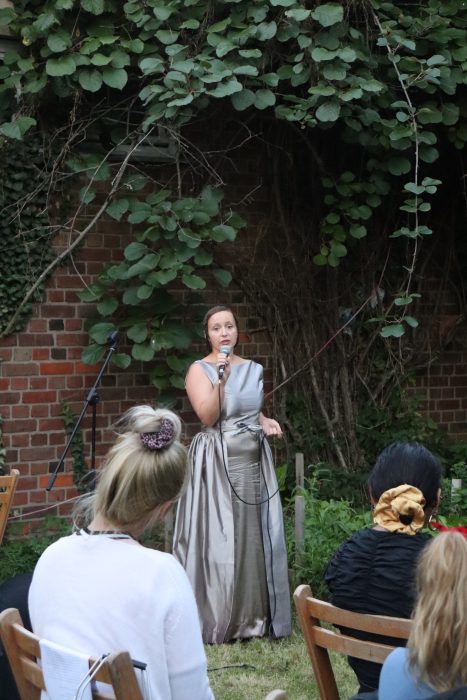
 ps: I love U, performed by Lisa Oord, Josefine Reisch and Nora Hansen, Simultanprojekte 2021, Simultanhalle, Cologne, 2021
ps: I love U, performed by Lisa Oord, Josefine Reisch and Nora Hansen, Simultanprojekte 2021, Simultanhalle, Cologne, 2021
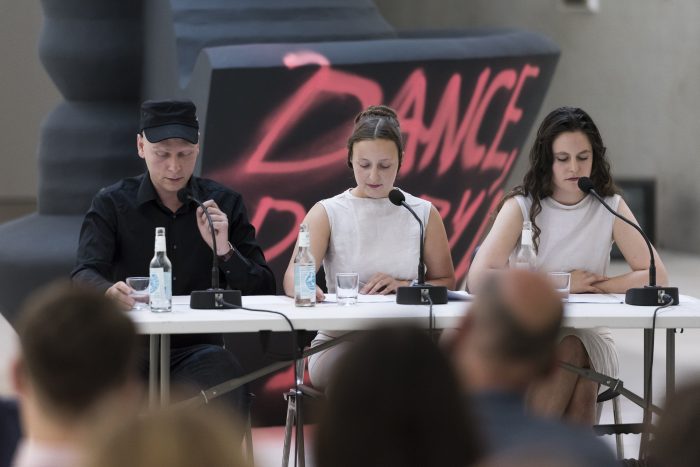

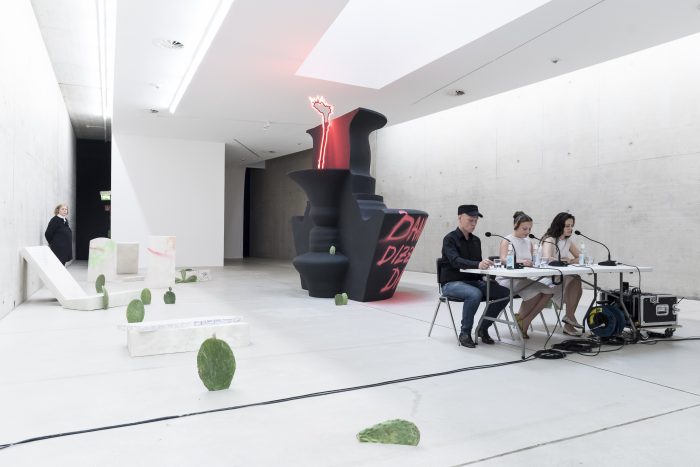



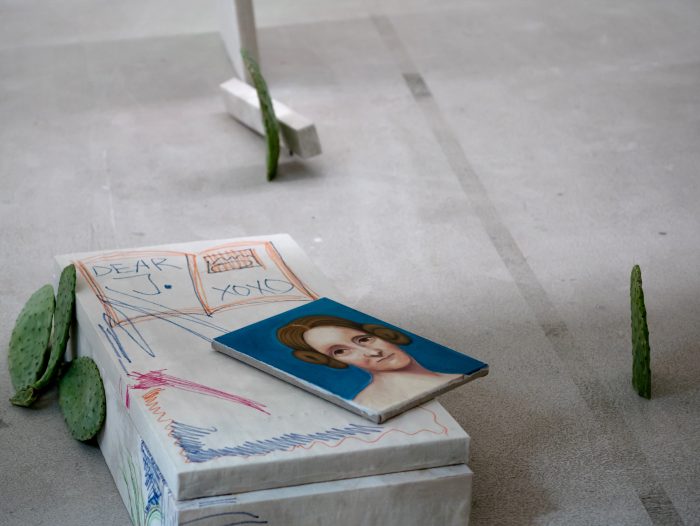


Ps: I Love U, performed by Elmar Hermann, Josefine Reisch, Nora Hansen and Lukas Goersmeier, in: Mary & the volcano. A meteorological phantasmagoria, 2016, KIT – Kunst im Tunnel, Düsseldorf
How do artistic processes come about, what inspires artists? At least for 1816, the so-called “Year Without a Summer” when especially Southern Europe suffered under an abnormally severe cold spell resulting from the eruption of Mount Tambora in Indonesia, there is a concrete answer to this question: The bad weather drove Mary Shelley, who was staying at Lake Geneva, to write her bestselling horror novel “Frankenstein.” Influenced by this example of fantastic literature, KIT presents a selection of artworks from over the past 200 years. Setting out from the „Gespenstersommer“(Summer of Ghosts) of 1816 the exhibition Mary & the volcano – A meteorological phantasmagoria presents works by 21 artists, the works’ dates of origin range from 1816 to the present. Based on a historical event the artists reflect on the main features of creative action by means of drawings, paintings, sculptures, sound installations or contemporary works such as video and performance. Conceptually the exhibition Mary & the volcano considers itself to be a wholeness merged from its individual artworks similar to the constituent elements of a system within a lava flow. The villa and the volcano form both the framework of the exhibition as well as two poles communicating through the tunnel of art.